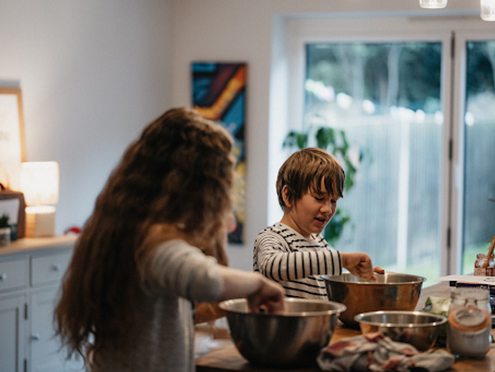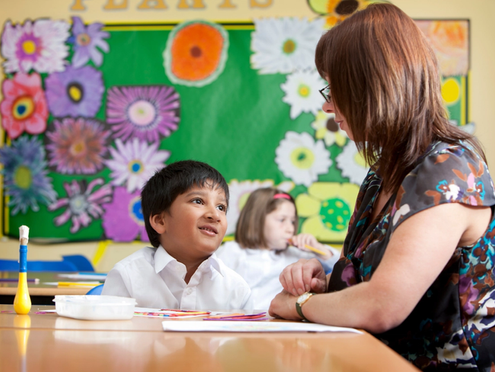Not only is literacy crucial for academic success, but it has a large impact on learners’ lives outside of school, including their mental health and job prospects; it’s easy to see why it’s a priority at every learning stage.
One of the most important ways to improve your child’s literacy is by encouraging reading – but where do you start? Keep reading to find our top tips.
Why should children read for pleasure?
The emphasised importance of reading is that it exposes children to richer vocabulary and grammar techniques than they encounter in everyday conversation. Because reading is more structured than conversation, it also helps the development of sophisticated sentence structures and essential critical thinking skills.
While your child will read at school, it’s important they also read outside of school. A child’s reading at home can be self-led, allowing them to develop their own interests and discover how fun reading can be.
While self-led reading is crucial, your encouragement and interest as a parent will also boost their engagement and confidence with reading. Even if your child is a reluctant reader, there are plenty of ways to make reading fun at home – and support their literacy by doing so. Remember:
- Reading at home doesn’t need to be linked to your child’s school learning
- You don’t need to be a literacy expert to encourage your child to read for pleasure
We’ve compiled some suggestions to help you build a reading habit into your child’s routine.
- Don’t force your child to read material they aren’t interested in – aim for their reading to be self-led.
- Reading can support other interests – for example, football, computer games, cookery or skateboarding.
- It’s useful to read a mix of non-fiction and fiction. The mystery and wonder of fiction draws readers into an imaginative world, showing different perspectives that they can learn from. Non-fiction helps readers’ comprehension strategies, encouraging retention of key information.
- All reading counts. Your child might enjoy newspapers, magazines, comics, or even instruction manuals, and the digital world is limitless.
- If they want to read the same text over and over, that’s fine! They will discover new meaning and reinforce learning each time.
- Remember that libraries offer magazines, comics, audiobooks and more!
- Encourage them to try a range of new texts to help them develop their own interests and become empowered with an improved knowledge of the world. Teach them to read the first page or the blurb on the back cover to decide if a particular book appeals to them.
- When it comes to fiction, whole novels can be intimidating – try short stories instead. Once they discover a love for an author or style they are more likely to pick up a longer text.
- Films or audiobooks might be another route in – once they’re hooked by the story, encourage them to read the book.
- Reading choices could help your child work through anxieties. A character experiencing the same feelings can help them understand their own emotions. Our recommended books for children ages 6-14 include titles that deal with mental wellbeing, loss and worry.
- Follow up their reading interests. Watch the film adaptation of a favourite book (and discuss the differences), act out memorable scenes, visit a museum to find out more on a theme or decorate their room with posters.
- If possible, ensure that at a particular time of day there is a quiet spot in your home for them to retreat to to read, without any distractions.
- Read together. If you’re about to visit somewhere new, read and discuss a guide to it, or share opinions on a text about a shared hobby or interest (like a cookbook from a favourite chef!). Read to your child, or listen to them read to you.
- When you read together, stop to talk about the text. You could discuss what may happen next, ponder why a character has behaved as they have, or compare and contrast with real-life events. (You don’t have to restrict these conversations to books – talking about TV or films also gives them a chance to develop their own ideas. For more tips, read how talking with your child can improve their literacy.)
- Even if you don’t read the same material, encourage them to discuss their reading – summarising the text and explaining their opinions is a great way of developing their thoughts.
- Involve wider family. Your child could read and talk about reading with siblings, and grandparents could offer a fresh point of view on a text.
- Help make reading a habit by giving them books as presents, and encourage them to swap books with friends.
- Tap into events like the Summer Reading Challenge or World Book Day to motivate them. Use any resources their school provides.
These tips are a fantastic start for encouraging a love of reading in your child. If you're looking to incorporate the structure and bespoke curriculum of EdTech into your reading programme, why not start with a home-learning account on Bedrock Learning?






